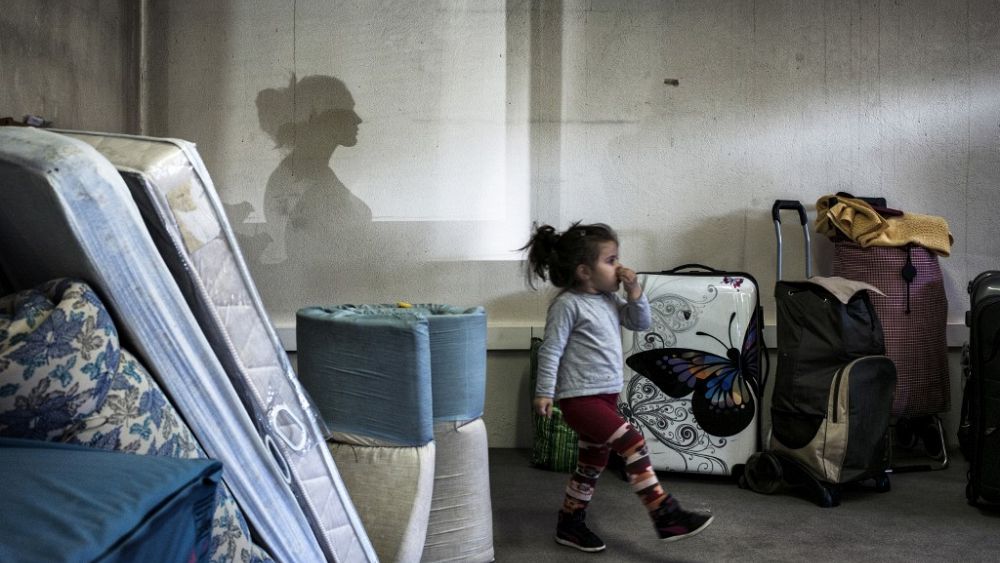The UK ranked almost last in the list of rich countries tackling child poverty, just ahead of Colombia and Turkey. Slovenia tops the rankings.
Some of the world’s richest countries saw a sharp increase in child poverty between 2014 and 2021, according to new data released by UNICEF.
The results of the report entitled “Child poverty at the heart of wealth ” show that some of the world’s richest countries, such as the United Kingdom, Spain and Luxembourg, find themselves at the bottom of the rankings of states fighting against child poverty.
In contrast, less wealthy countries, such as Poland and Slovenia, are best placed in the fight against child poverty, followed by Latvia and the Republic of Korea.
The study provides the most recent and comparable picture of child poverty in OECD and EU countries, and analyzes income support policies for families with children implemented by governments.
It found that, despite an overall reduction in poverty of almost 8% in 40 countries between 2014 and 2021, more than 69 million children would still live in households earning less than 60% of the average national income by the end of 2021.
“The consequences of poverty on children are both persistent and damaging”affirms Bo Viktor Nylund, Director of UNICEF Innocenti.
“For most children, this means they may grow up without sufficient nutritious food, clothing, school supplies, or a warm place to call home. This prevents them from enjoying their rights and can harm their health physical and mental.
The consequences of poverty can last a lifetime. Children who live in poverty are less likely to complete school and earn less as adults. In some countries, a person born in a deprived area is likely to live eight to nine years less than someone born in a wealthy area, according to the report.
The report also highlights huge inequalities in poverty risks. Across the 38 countries for which data is available, children living in single-parent families are three times more likely to live in poverty than other children. Children with disabilities and children from ethnic or racial minorities are also at higher risk than average.
Wealth does not determine a child’s living conditions
According to the study’s findings, the period 2012-2019 was marked by stable economic growth in this group of countries, which helped recover from the effects of the 2008-2010 recession.
However, while a number of countries have reduced child poverty over this period, some of the richest countries have seen the biggest declines. The report also shows that countries with similar national income levels, such as Slovenia and Spain, have very different child poverty rates, at 10% and 28%, respectively.
The report highlights that children’s living conditions can be improved, regardless of a country’s wealth.
For example, Poland, Slovenia, Latvia and Lithuania, which are not among the richest countries in the OECD and the European Union, have recorded significant reductions in child poverty, by 38% in Poland and 31% in other countries.
Meanwhile, five high-income countries – the UK (+20%) and France, Iceland, Norway and Switzerland (around +10% each) – have seen the largest increases in the number of children living in households in financial difficulty since 2014.
How to solve the problem
To eradicate child poverty, the UNICEF report calls on governments and stakeholders to
- Expand social protection for children, including family and child allowances to supplement household income.
- Ensure that all children have access to quality basic services, such as childcare and free education, which are essential to their well-being.
- Create employment opportunities with adequate pay and family-friendly policies, such as paid parental leave, to help parents and caregivers balance work and family responsibilities.
- Ensure that there are measures tailored to the specific needs of minority groups and single-headed households, to facilitate access to social protection, key services and decent work, and reduce inequalities.
The report says there is much to learn from the successes of different countries.
“How we use these lessons will determine how effectively we can ensure the well-being of children today and in the future,” concludes Bo Viktor Nylund.



